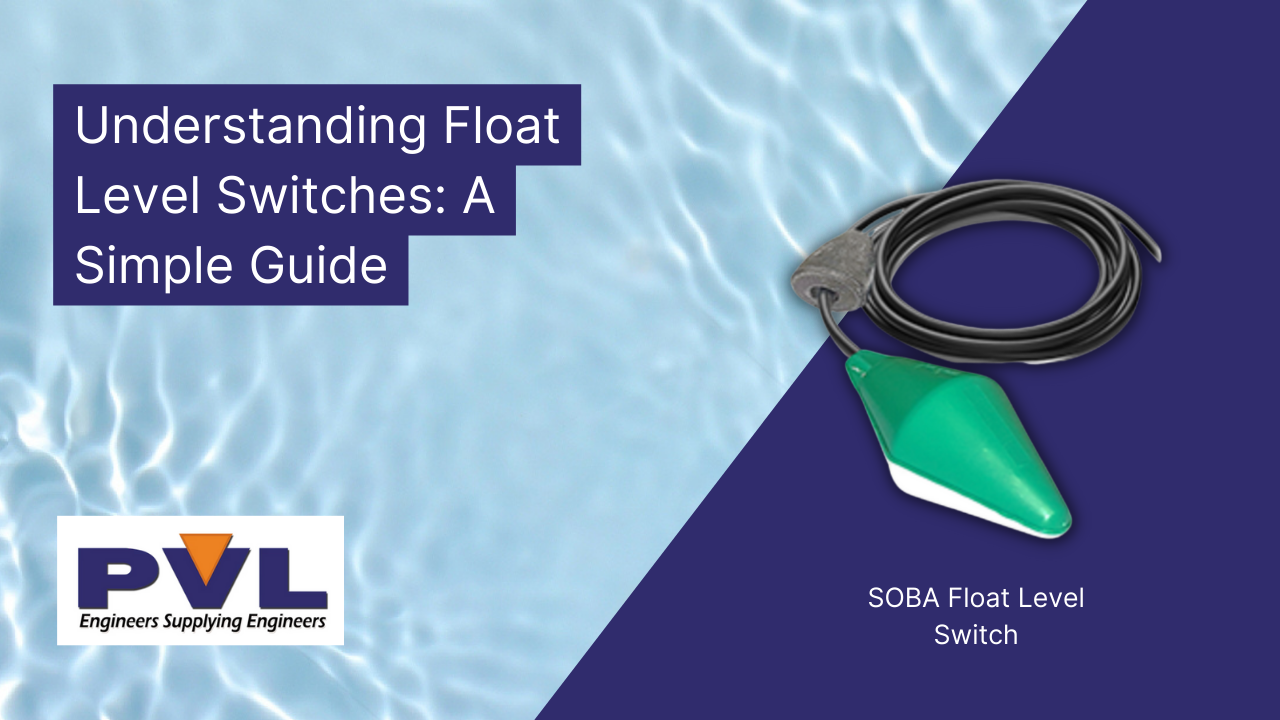
Understanding Float Level Switches: A Simple Guide
Float level switches sound complex, but they're pretty straightforward devices that control liquid levels in various applications. In this article, we'll break down what float level switches are, how they work, and where you can find them in everyday life.
What is a Float Level Switch?
A float level switch is a simple device used to monitor and control the liquid level in a tank or container. It's composed of two main parts: a float and a switch. The float is usually buoyant and rises and falls with the liquid level. The switch, connected to the float, opens or closes an electrical circuit based on the float's position.
How Does it Work?
Imagine you have a tank filled with water and want to ensure it doesn't overflow. You can install a float level switch inside the tank. The float will also be low when the water level is low, allowing the switch to remain open. This means no electricity flows through the switch.
As the water level rises, the float goes up with it. When the float reaches a certain predetermined level, it triggers the switch to close. Now, electricity can flow through the switch, activating a pump or an alarm system, depending on the application. This pump can start removing water from the tank, preventing it from overflowing.
Conversely, the float descends when the water level drops, opening the switch again. This signals the pump to stop, preventing the tank from running dry.
Types of Float Level Switches
There are different types of float level switches to suit various applications:
- 1. Cable and Weight Float Switches: These are often used in sewage systems and wastewater treatment plants. A float with a cable attached to it moves up and down with the liquid level.
- 2. Reed Switch Float Switches: These use a magnet in the float to activate a reed switch. They're common in residential sump pumps.
- 3. Magnetic Float Switches: These use a magnetic field to operate a switch. They're often used in industrial applications.
- 4. Electronic Float Switches: These use sensors and electronics to detect liquid levels. They're more accurate and are found in applications like aquariums and industrial processes.
Everyday Uses
Float level switches have a wide range of everyday applications:
- 1. Sump Pumps: They prevent basements from flooding by activating the pump when the water level rises.
- 2. Boilers: Float switches ensure the boiler doesn't run out of water, which could lead to overheating.
- 3. Washing Machines: These machines use float switches to control the water level during each cycle.
- 4. Fuel Tanks: They monitor fuel levels in storage tanks and alert you when to refill.
- 5. Dishwashers: Float switches regulate the water level to ensure efficient cleaning.
Summary
Float level switches are simple yet effective devices that monitor and control liquid levels. They play a crucial role in our daily lives, from preventing floods in our basements to ensuring our appliances run smoothly. So, the next time you use your washing machine or sump pump, remember the humble float level switch working behind the scenes to keep things in check.
Contact Us
Pressure Vacuum Level Ltd has been selling float level switches for several years. PVL provides these switches for various industries.
Don't hesitate to contact us if you have any questions about our switches or other products by emailing sales@pvl.co.uk or calling +44 (0) 1892 66 44 99

